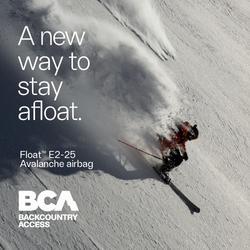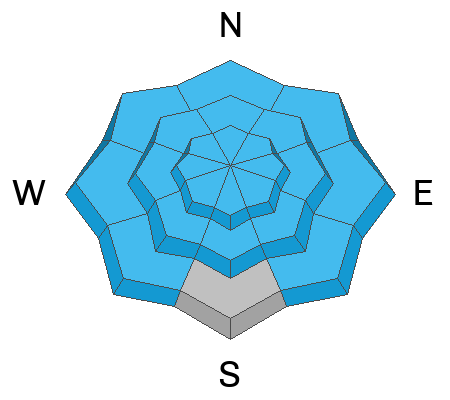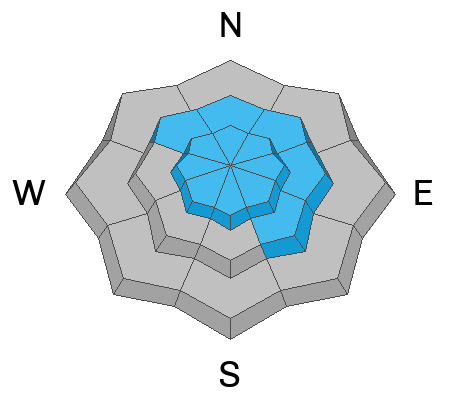This morning, the skies are overcast and it is snowing lightly in some parts of the range. Temperatures range from the upper 20s to low 30s F. Winds are coming from the southwest at 20-30 mph, with gusts up to 40 mph. Along the highest elevations gusts are reaching near 50 mph. Storm totals so far are between 5-10" of snow for the Provo area, starting at rain in many lower elevation areas.
Today, a wave is moving through the Northern Rockies and affecting northern Utah in the morning. Most of the moisture is moving eastward, so any remaining snow will be mainly influenced by moist orographics. This snowy activity is expected to continue in the morning and decrease in the afternoon. The mountains could pick up an additional trace amount to 1" of snow. Southwesterly winds will remain elevated before decreasing this evening, averaging 10-15 mph at mid-elevations and 30-35 mph at the uppermost elevation, with gusts up to 45 mph. Temperatures will climb into the mid 30s F.
More rounds of snowfall are expected from late in the weekend to the middle of next week. These systems will bring mild conditions and high-density snow. Precipitation amounts vary, but it looks like there could be close to an inch of water during these days.
Yesterday, widespread sensitive soft slab activity was reported in the backcountry, ski resorts, and even on highways. Most of these avalanches were small (D1-D2) and occurred within the new snow during periods of high precipitation intensity. None of the reported avalanches seemed to fail deeper into weak faceted layers within the snowpack. In the Provo area, there was also reports of small wet-loose activity at lower elevations.
Since Friday, we've received information about two complete avalanche burials
(Main Porter, American Fork) and indications of a third, all successfully rescued by partners or bystanders. Additionally, there have been reports of several skiers and riders being caught and carried, with positive outcomes.
Tuesday, there was a rider triggered avalanche at an elevation of 11,000 feet in Monte Cristo Gully. A hard slab avalanche was unintentionally triggered by a snowboarder on a west-facing aspect. The avalanche, caused by the persistent weak layer and wind-drifted snow, had an average depth of 3-4 feet, a width of 600 feet, and a vertical drop of 2,750 feet. Find the full observation
HERE. See video below. Unfortunately, a skier lost their life in a Wyoming avalanche on Sunday (
Details).
(Video: W. Ambler)
Be sure to check all the avalanche activity
HERE. 






